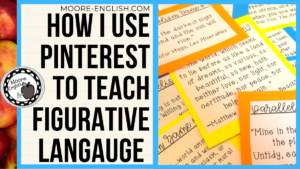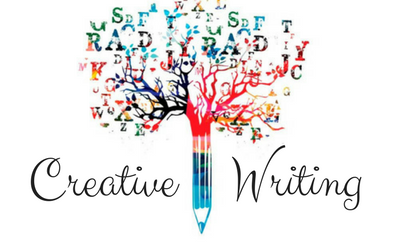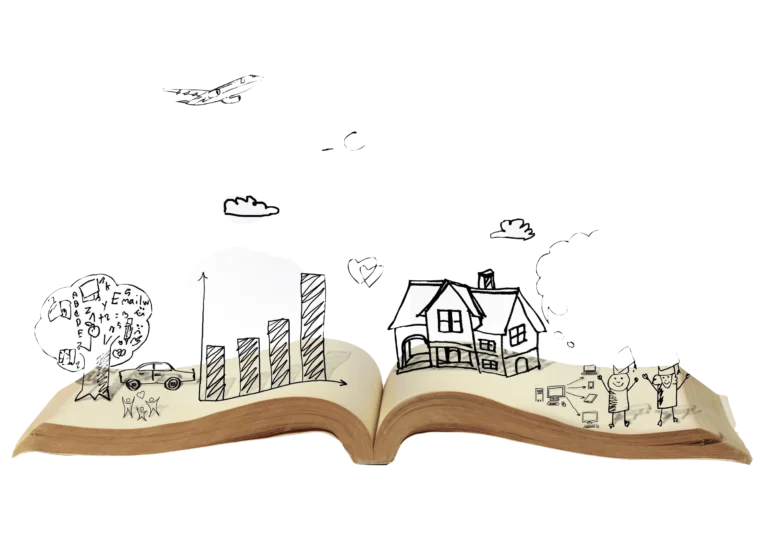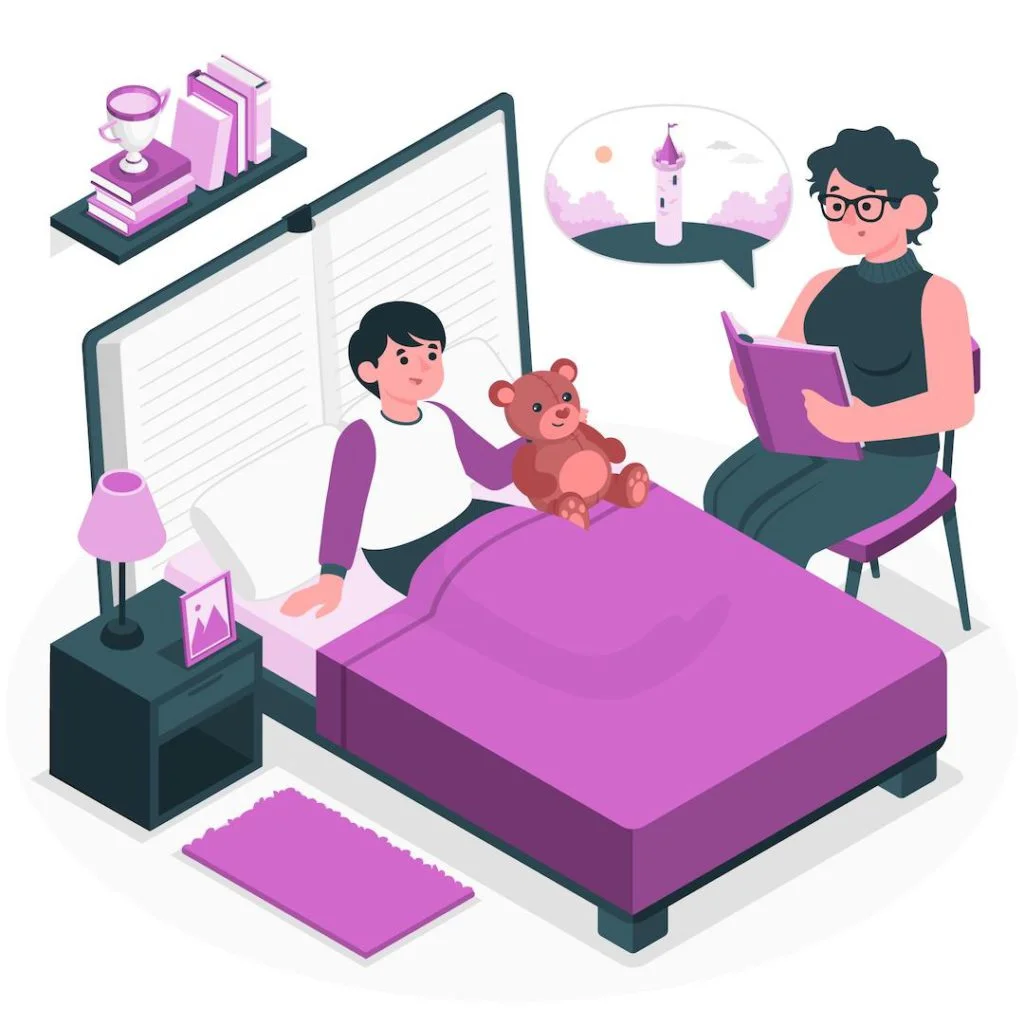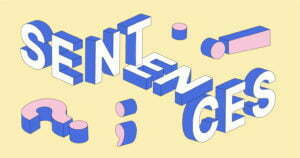Imagery in literature is a device that uses figurative language which helps the readers to analyze a literary work through their sensory perception and helps creates images to connect with the narrative. In this lesson on Imagery, we will learn the following:
What is an Imagery in Literature?
This literary device uses an effective creative writing method that evokes the sense of smell, sight, taste, touch, and even internal feeling and emotions. It is not only an external feeling but is also an internal feeling which is involved with imagery. Imagery is the use of language and symbolism in writing which make our five senses active. The word ‘imagery’ gives rise to the creation of mental images and figures.
The word imagery came from the Old French word “imagerie” which means a figure. It allows the readers to paint a beautiful picture and imagine the characters, settings, emotions, and situations in a narrative.
They are quite helpful when describing real-life experiences and gives a realistic touch to the story. It also helps when the author needs to draw analogies between various related things. They give context for the readers to relate to in a better way.
The imagery brings to life the characters of the story through the mental pictures of the readers. These are effective devices used by the authors to create these effects.
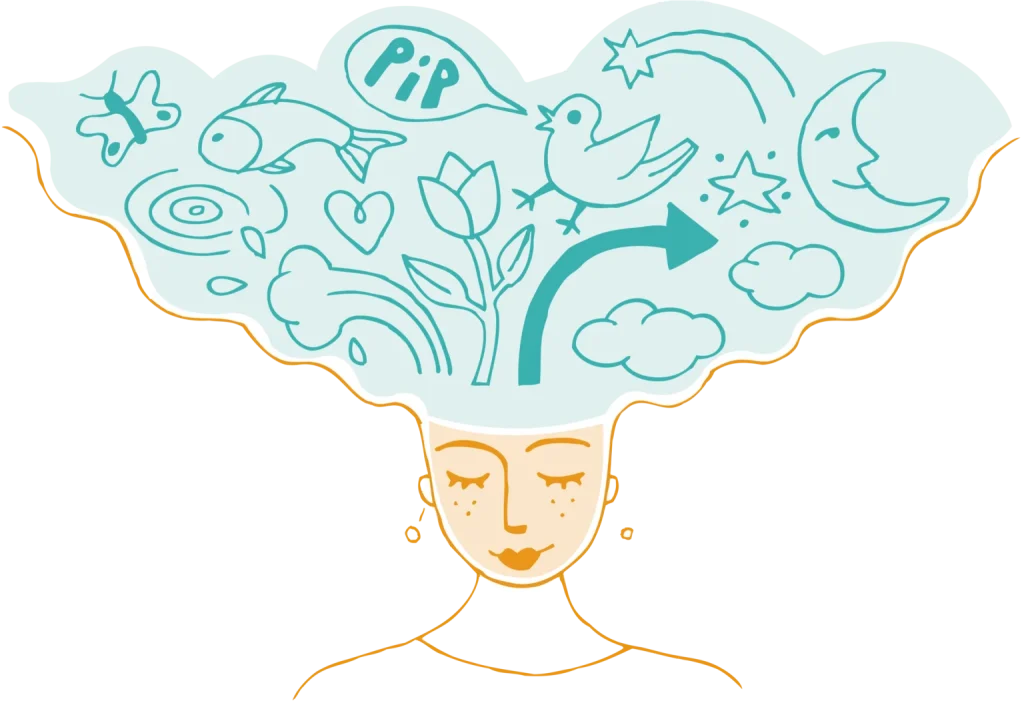
Good knowledge of imagery types can help you become a great writer.
What are the 7 Types of Imagery in Literature?
There are seven kinds of imagery that are used in literature.
1. Visual Imagery Type
Visual imagery is the one where the author uses various visual qualities to create imagery. This can include various shapes, sizes, colours, lights, shadows, and patterns. This is the most common form of imagery that is used in literature. Whenever the term imagery is used people understand visual imagery in literature. They generally use metaphor and simile to create visual imagery.
2. Auditory imagery Type
Auditory Imagery creates an appeal to the reader’s sense of hearing. Creating auditory imagery through writing is not that easy. For instance, creating imageries by author by creating sounds of war in a war novel. Onomatopoeia is mostly used by authors to create auditory imagery.
3. Gustatory imagery Type
Gustatory imagery is the one that appeals to the taste of the readers. This is generally used to depict the food as the character eats it. This may create a sense of gustatory imagery when the readers read about a portion of food.
4. Olfactory Imagery Type
Olfactory Imagery is the imagery when the author tries to attract the reader’s taste or smell. It helps in depicting the situation through which the characters of the narrative are going through or experiencing. The smell of fresh rain, the smell of fire are some of the examples of olfactory imagery.
5. Tactile Imagery Type
Tactile Imagery is the one that creates a sensory effect of touch through text or the writing of the authors. This is used to convey how some things feel when touched. It may be used to convey the sense of texture, temperature, wetness, dryness, and so on. They help in creating empathy for the characters in a narrative.
6. Kinesthetic Imagery Type
Kinesthetic Imagery is the one that is used to give a sense of motion by the author. Speed, slowness, falling, or even fighting can be depicted with the use of Kinesthetic imagery. Kinesthetic imagery is very relevant in the era of action movies and screenplays. It also gives a good feel when needed to write about sports, driving, and other actions.
7. Organic Imagery Type
Organic Imagery is a type of imagery that appeals to the most traditional forms of our senses. They are the feeling of hunger, fatigue, fear, and even emotion. They form the basic tenets of human emotions. It moves the readers to the feelings of either joy or sadness. When they are written efficaciously creates intense sorrow and desperateness which the readers can feel immensely.
What are Literary Imagery and Figurative Imagery Types?
Literary imagery is the one in which no symbolic language is used. The things are expressed by the author as they are.
For instance, “Her strong perfume gave me a headache.”
Figurative imagery uses comparisons and figurative language to give the readers an image of the characters, objects, or events in literature.
“The sky was as blue as the ocean and the clouds sailed across it like white boats”, is an example of figurative imagery whereby there is comparison to give a beautiful image to the readers.
Importance of Imagery in Literature
Imagery is one of the most important ways in which the author’s description of the literature reaches our sensory aids. Senses form the most important gateways to perceive things- which are well hit through imageries in literature. It draws the attention and the interest of the readers towards writing or a piece of literature. Writers can make their writing impactful by using imageries in their writings. It has a direct influence on the minds of the readers because it feels as if they can connect to the feelings of the characters, events, and the happenings of the story.
Imageries are often called “the art of showing not telling” because the author writes so artfully that it creates images in the minds of the readers. Imagery is generally figurative or descriptive as the author uses it. But both of them have the same goal to achieve.
What are the examples of Imagery in Literature?
- Shakespearean writers used a huge amount of imagery in their writings. Some of the examples of the use of imagery used by him are:
“My bounty is as boundless as the sea, My love as deep.” Romeo and Juliet
“There’s daggers in men’s smiles.” Macbeth
“Sigh no more, ladies, sigh no more,
Men were deceivers ever, –
One foot in sea and one on shore,
To one thing constant never.” Much Ado About Nothing
- In the poem “Goblin Market” by Christina Rossetti, she uses a vivid amount of imagery to attract the interest of the readers. We can see instances of imagery all through the poem.
- The use of imagery in the short story, “the Yellow Wallpaper” by Charlotte Parkins Gilman. He describes the yellow wallpaper through various imageries.
Concluding Remarks
Imagery stimulates the sense and emotions of the readers. They get more attached to writing when they feel it. The imagery just does this particular job in a great way. It can be said that it is a necessary and relevant device that can make creative writing more appealing and aesthetic.
Share with your friends

